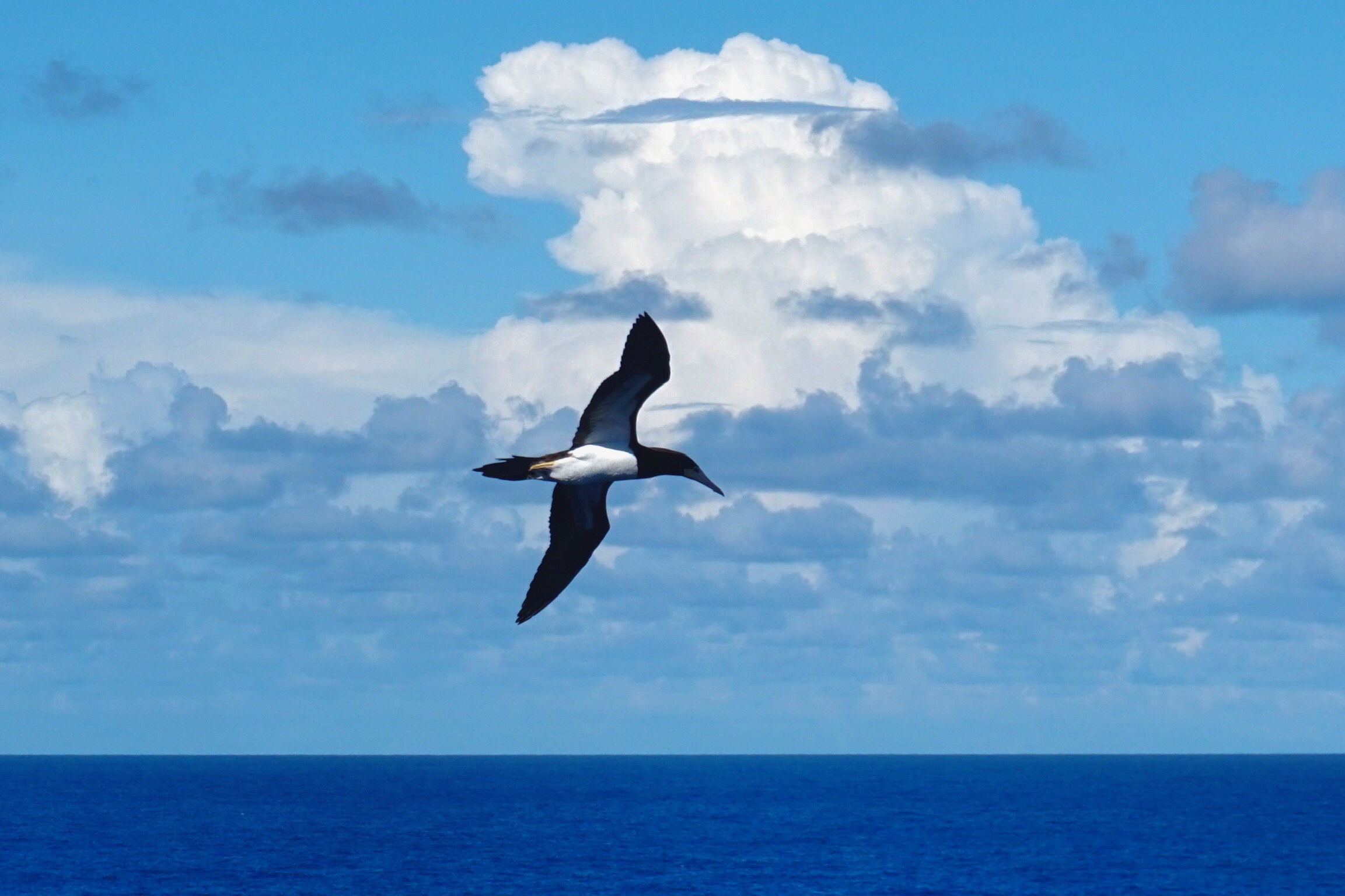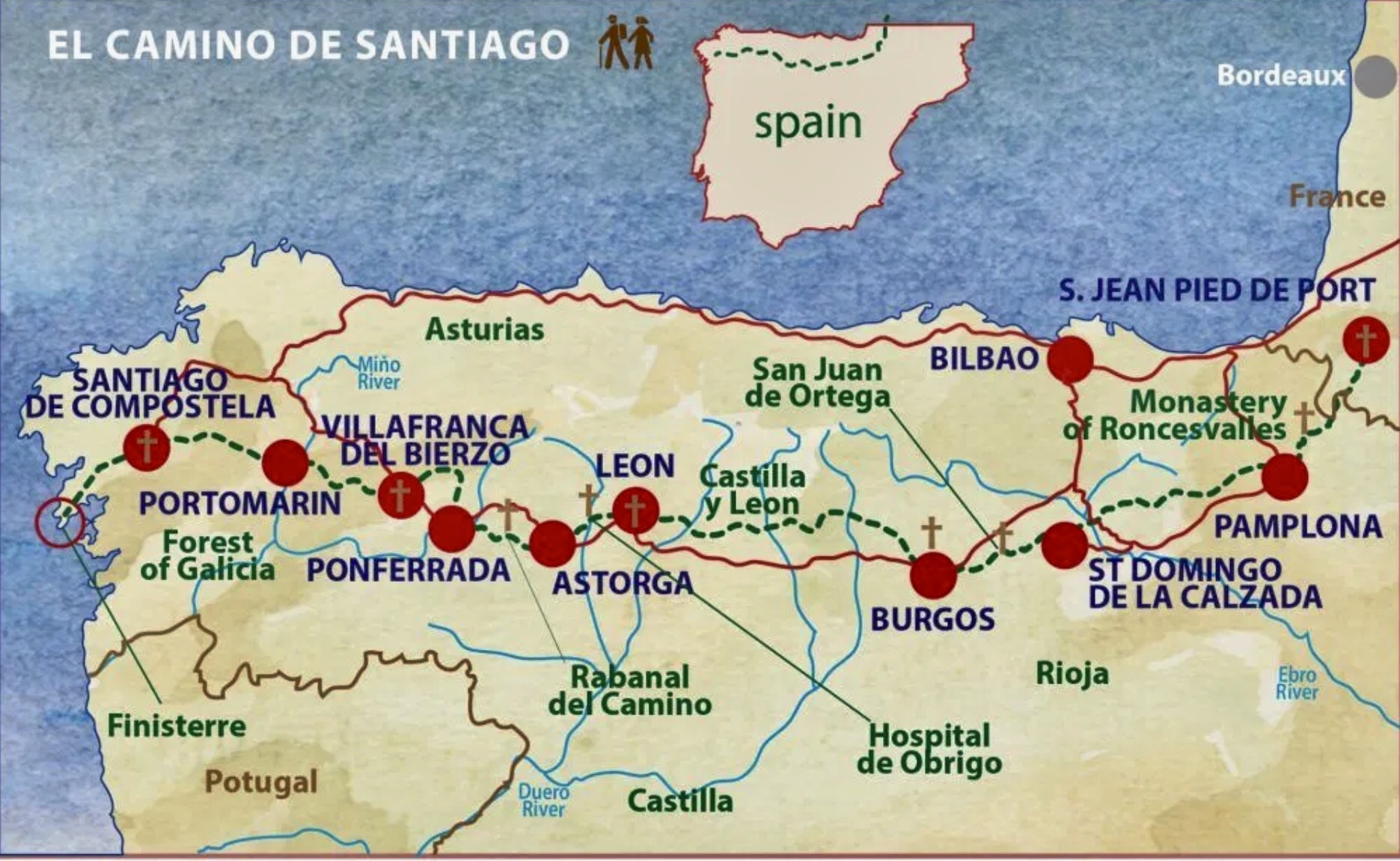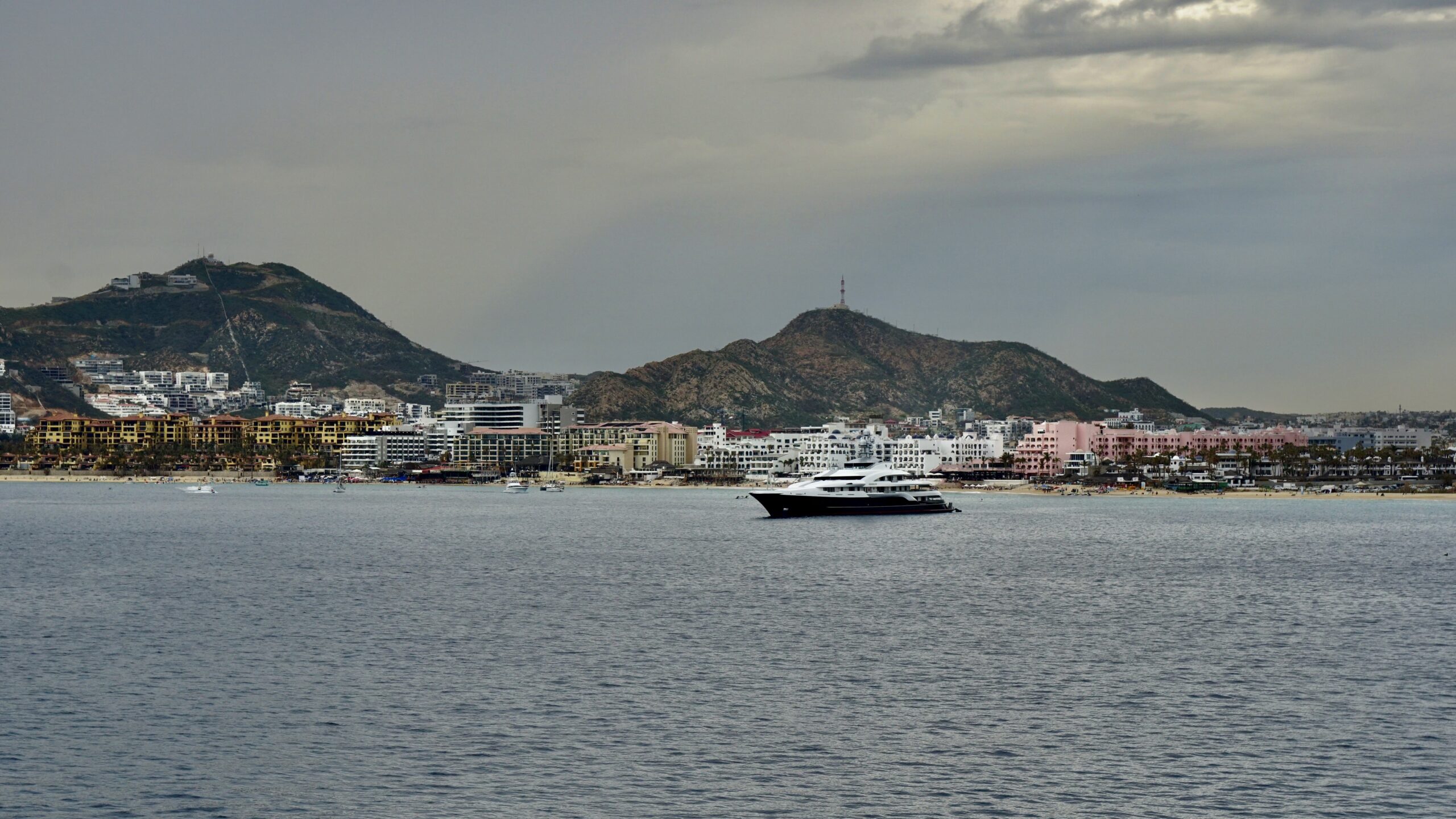
Written December 30, 2023, at Alma, Colorado.
A good friend recommended a book to me, “Vagabonding: An Uncommon Guide to the Art of Long-Term World Travel” by Rolf Potts. Those who know me might well imagine that the title, particularly the extension, would catch my interest. It is short at 204 pages, has been in print since 2004 and is an international bestseller with multiple translations, over 30 printings, and more than 300,000 copies sold. I bought it.
Vagabonding is loosely defined as wandering from place to place without a permanent home and often without a regular means of support. It is travel without destination. The journey is the purpose. Technically speaking I do not qualify as a “vagabond”. I have a home, and my past working life and disciplined saving has provided me with a means of support. Nevertheless, Potts presents a philosophy of opening oneself to change by engaging with new people and new places. He rejects “vacations” as being brief forays that do little to give insight into the lives of others. With me he preaches to the choir.
I am fortunate that for nearly 20 years I have been able to take the time to engage in travel that has allowed me to meet and come to know many wonderful people and places. In the last 5 years we have added 4 cruises to our travel experiences. These have taken us to places we previously only dreamed of, Cape Horn and the Panama Canal being two of them. I dearly enjoyed the friendships made aboard and the sights seen, but I also experienced a sense of hollowness. What was missing was the time to really engage with the local people and diverse cultures. The passengers were like me in origin, socio-economics, and life experiences. It was the ships’ crews that really drew my interest and curiosity. They represented men and women from over 40 nations and a score of different faith traditions. When time allowed they were willing, and even eager, to share their “stories” with me. A woman from South Africa who once thought she was the “wrong color” to find a position shipboard, is now an officer in Guest Services. Various housekeeping staff, servers, entertainers, and lecturers… from the Philippines, Nicaragua, Bali, Bermuda, Norway, Thailand, Zimbabwe, Peru, Vietnam, Korea, Mexico, Kosovo, Canada, and many other places, provided me with the opportunities to vicariously embrace life seen through other eyes.

We need not travel long or far to engage with others and drink in the wonder of humanity. The spirit of vagabonding resists tribalism, rejects prejudice, and encourages us to intentionally reach out and engage with those who are different from us, be they across the street or across an ocean.

There is a quote from the book that stopped me short and gave me pause, its origins are unknown but there is suspicion that it is either ancient Talmudic or Buddhist:
We Don’t See Things As They Are, We See Them As We Are.
In this coming New Year be open to expanding who you are.
Peace Everyone. Pete






































